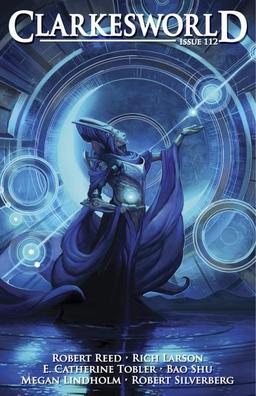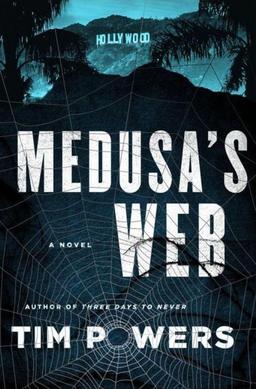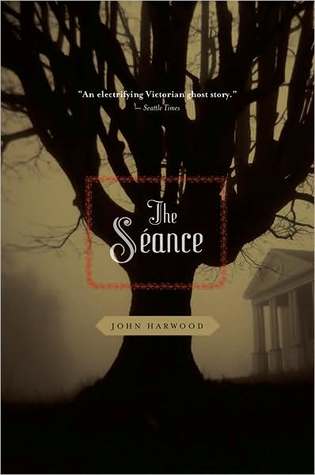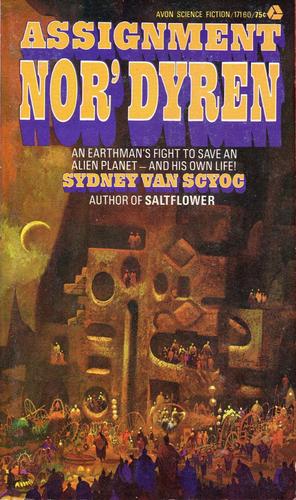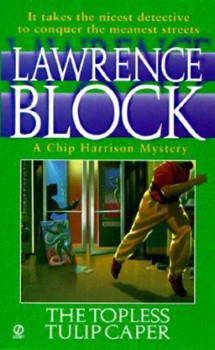Vintage Treasures: The Walking Drum by Louis L’Amour
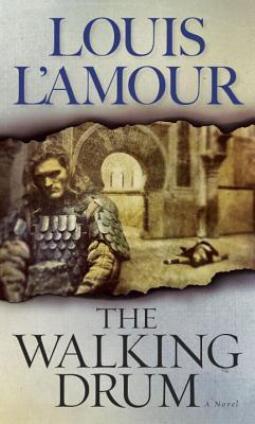
I read this book so you don’t have to.
Perhaps this review will make you want to read it.
Perhaps you shouldn’t.
It’s complicated.
The Walking Drum is the only medieval adventure written by Louis L’Amour, the mindbogglingly prolific author of a zillion Westerns. That alone makes it a retro must-read. A medieval romp by a horse-opera yarn-spinner who had also been a professional boxer and merchant seaman. How can we resist?
In actuality, the book is… odd. It fulfills expectations, both positive and negative, exceeds them, falls well short of them, and — ultimately — could have done with an edit before being released into the wild.
Reading it has made rethink my choice of reading matter (and also my strategy as a writer, but that’s for another article). Let me start from the beginning

